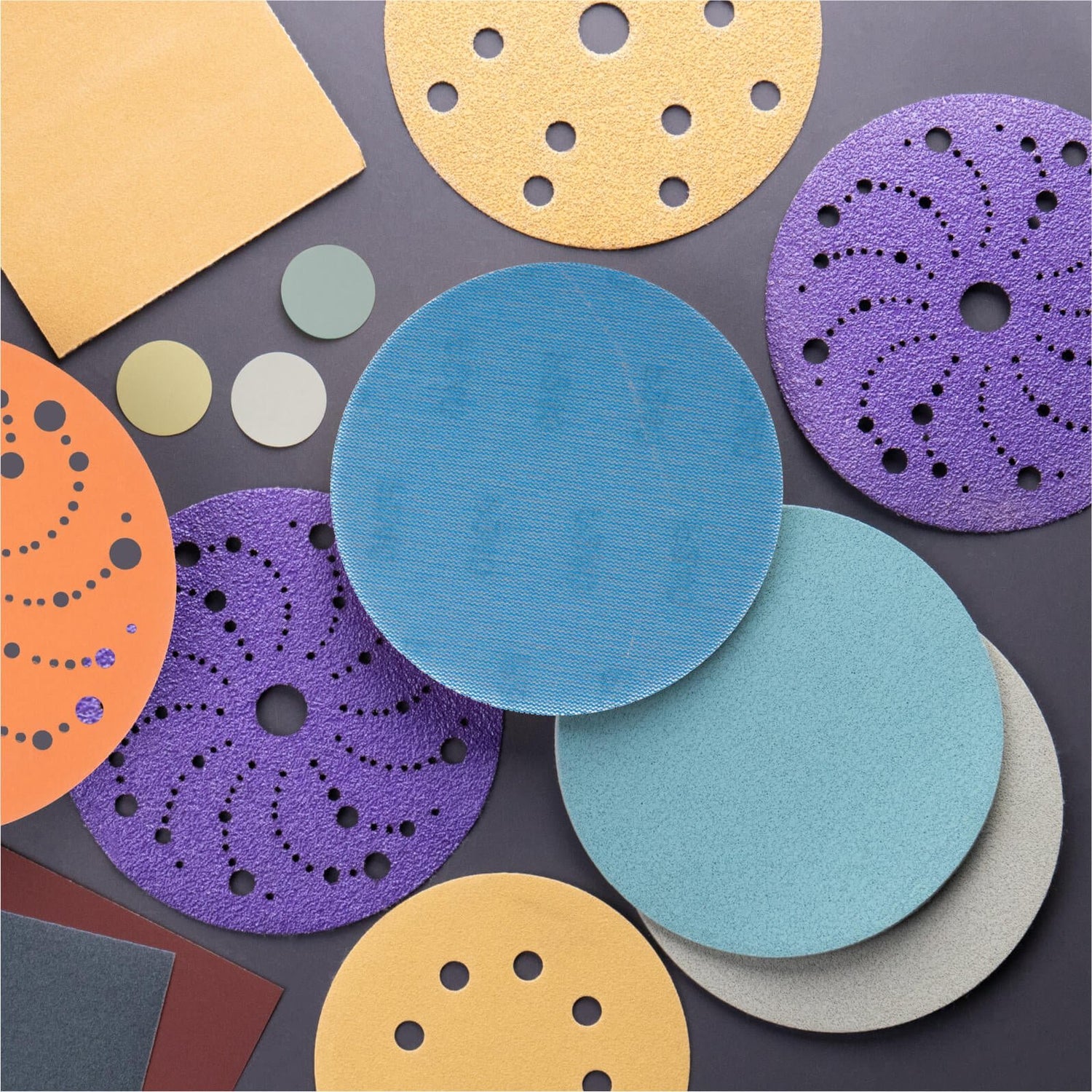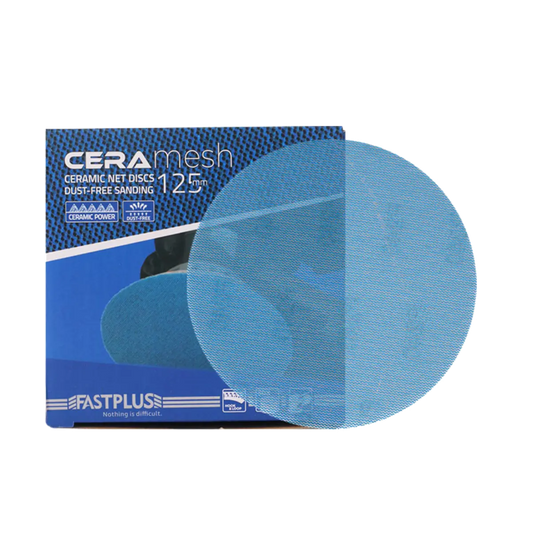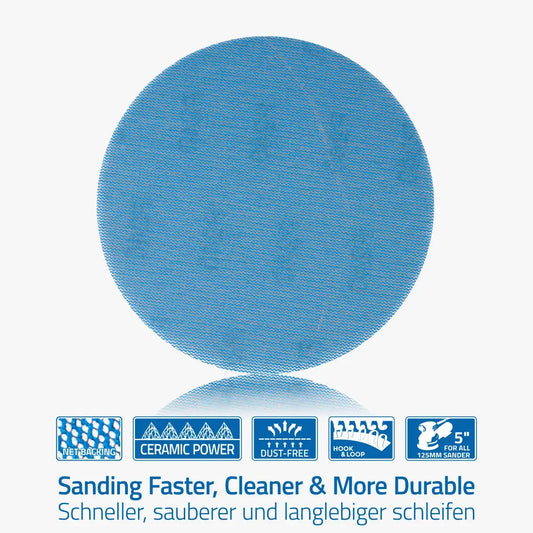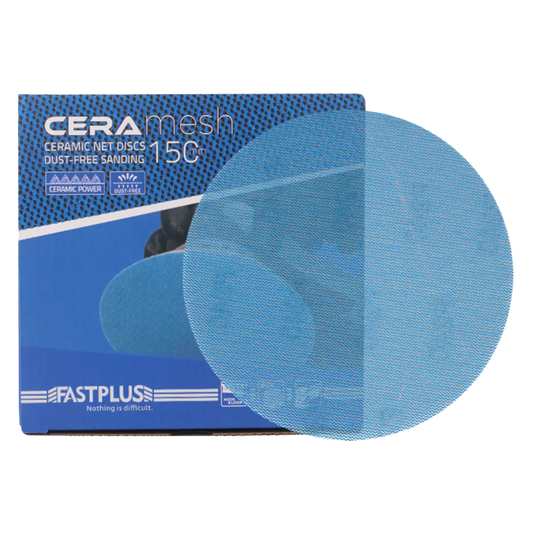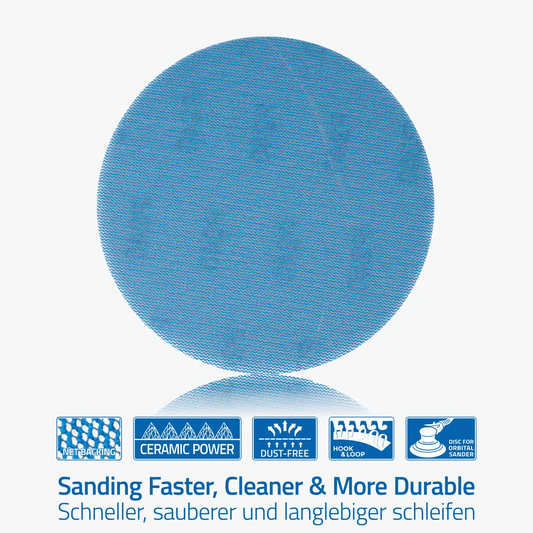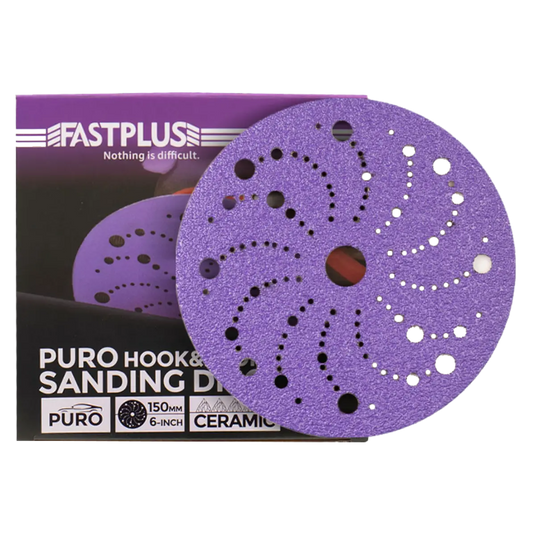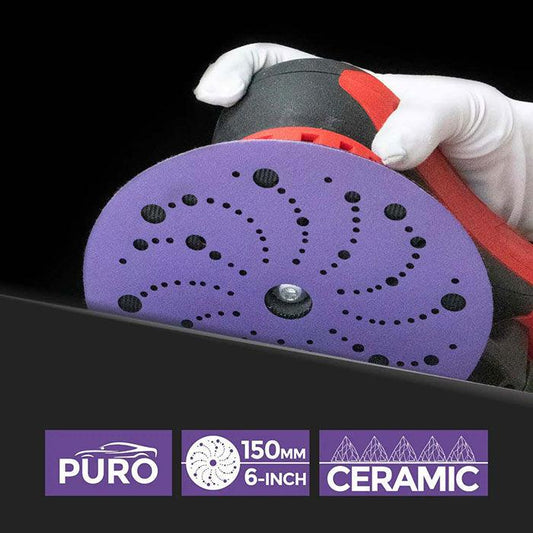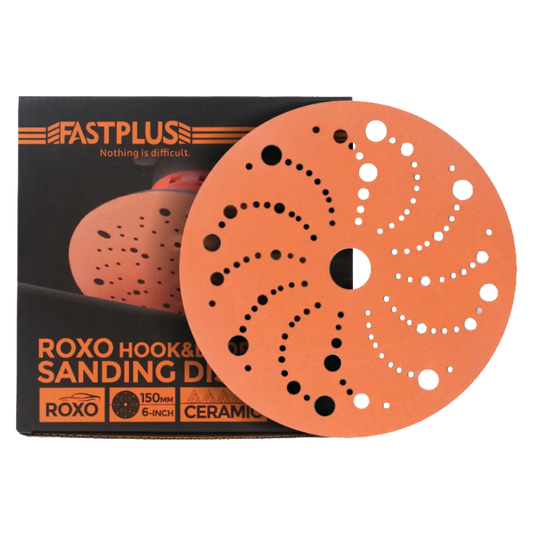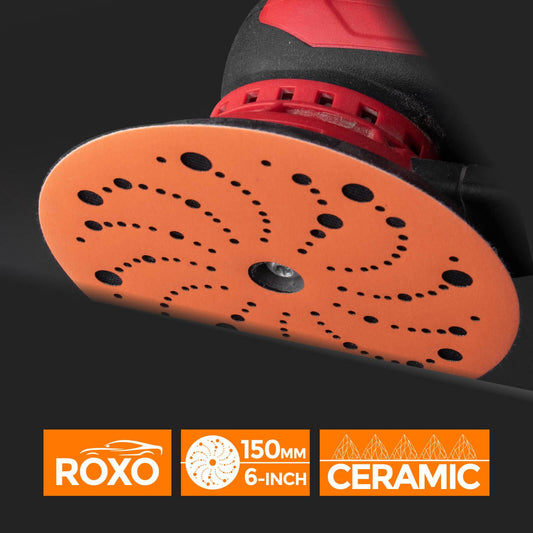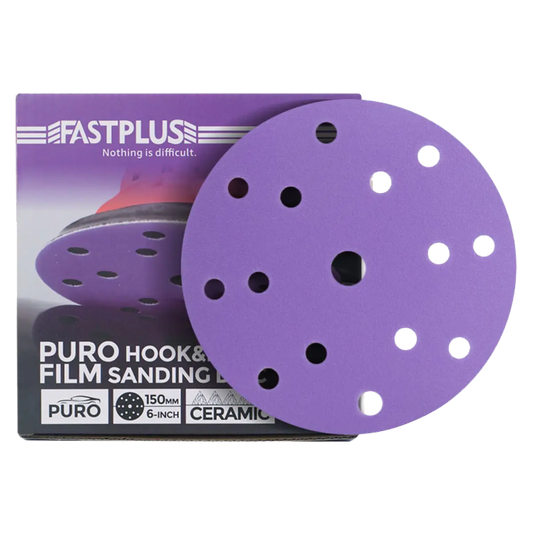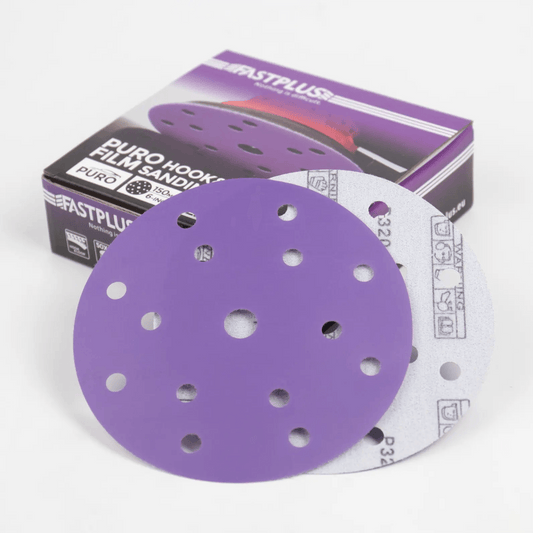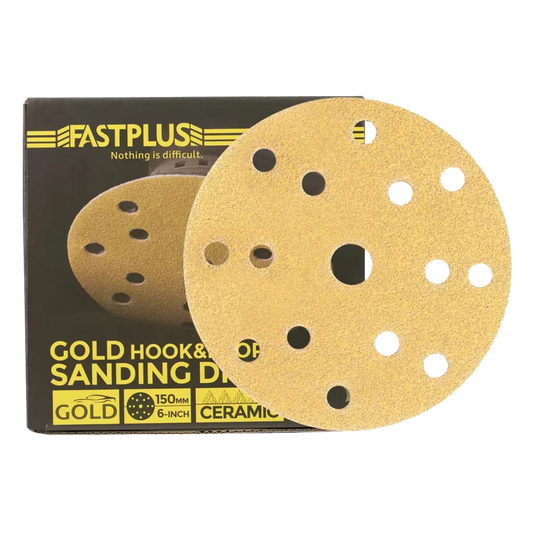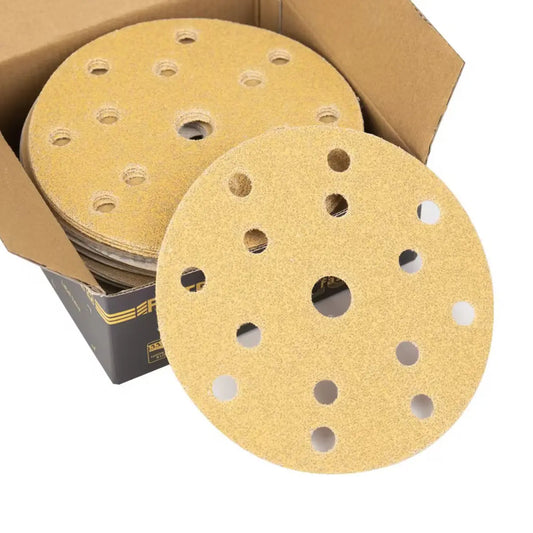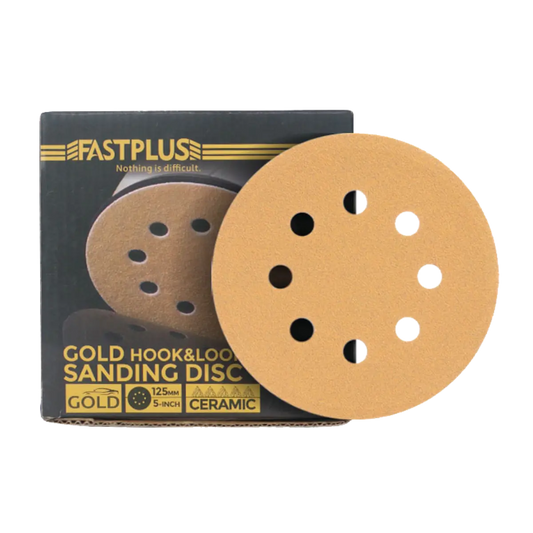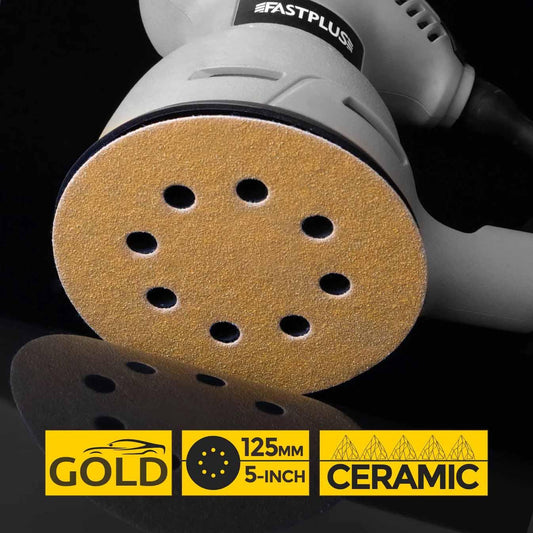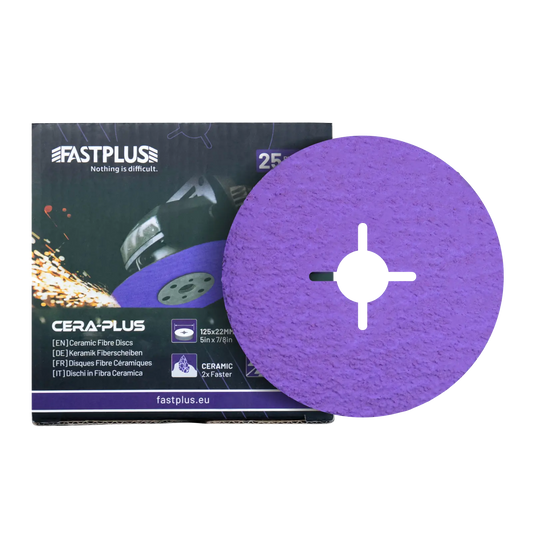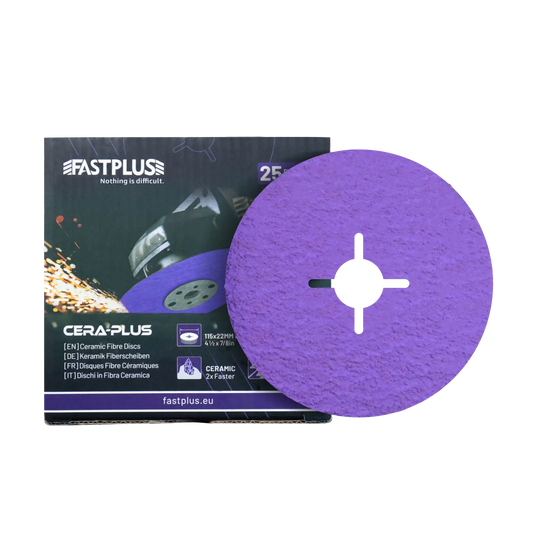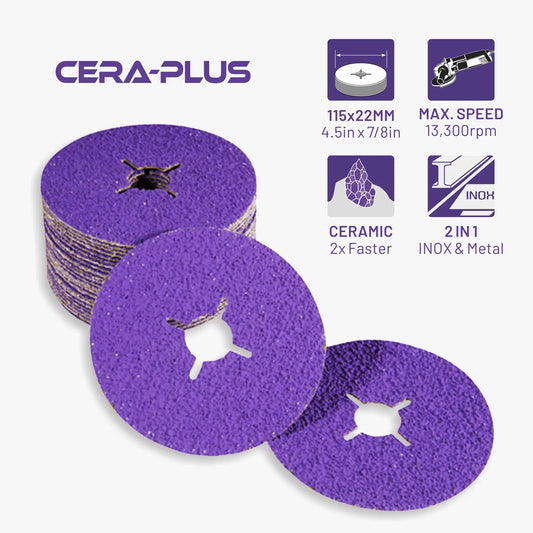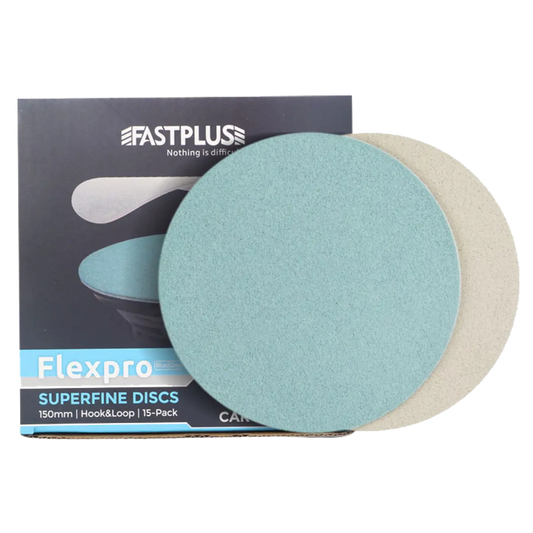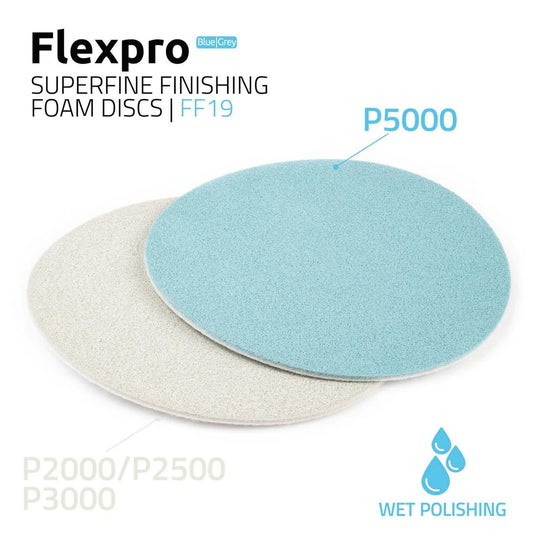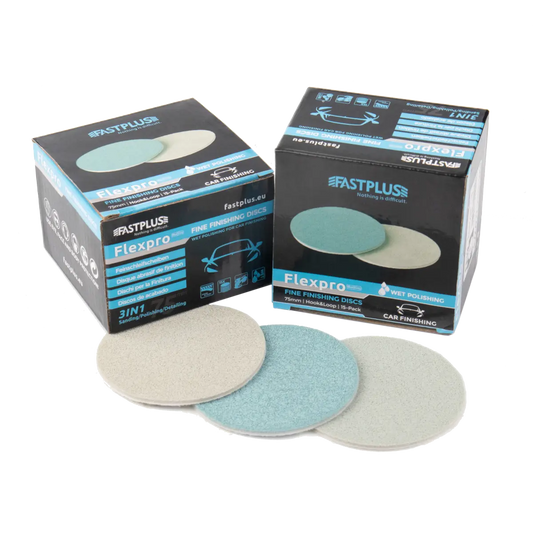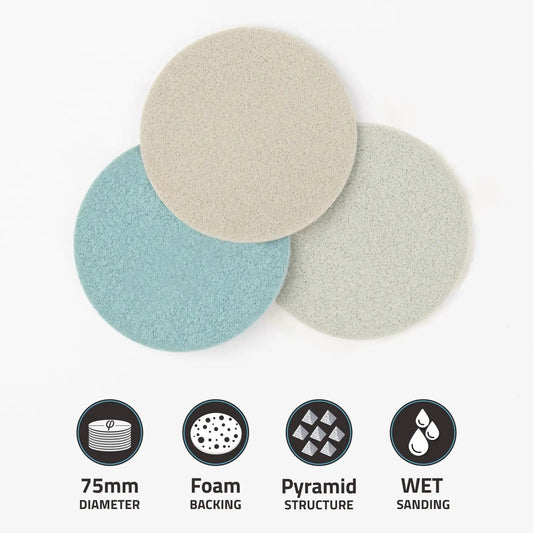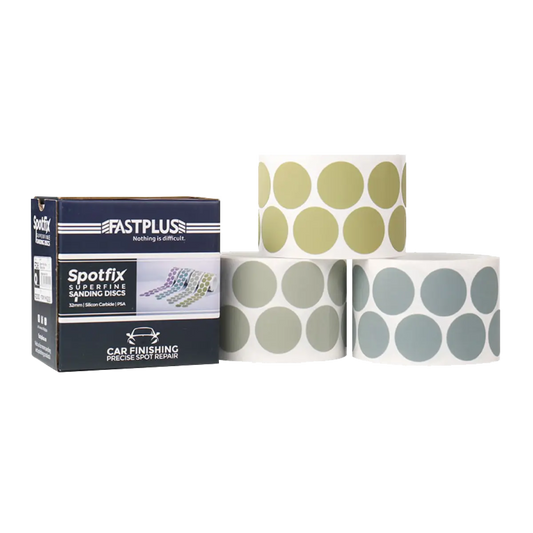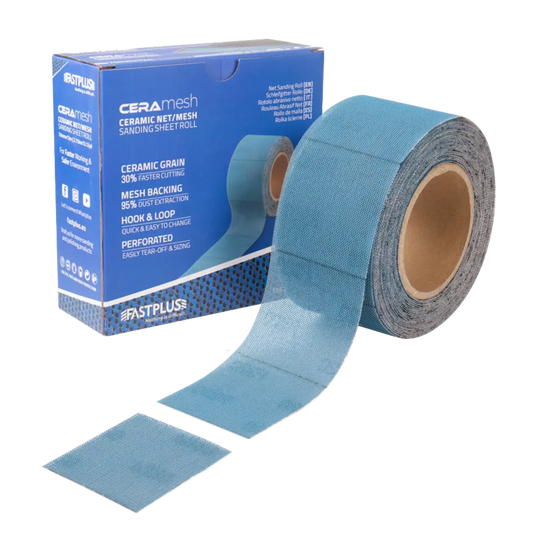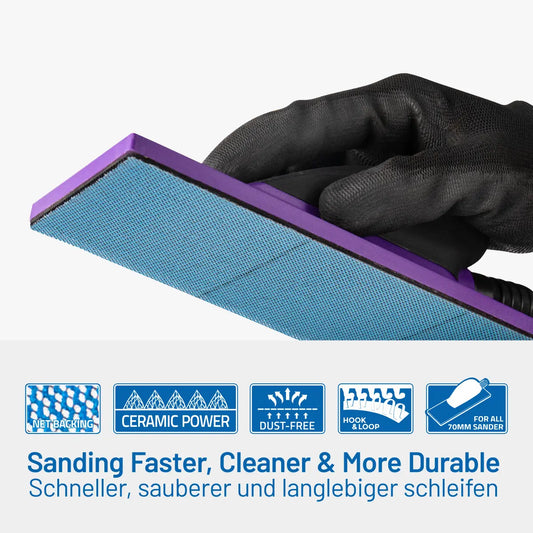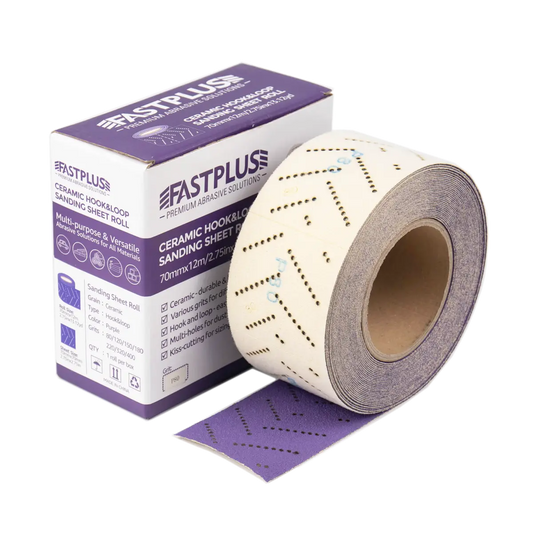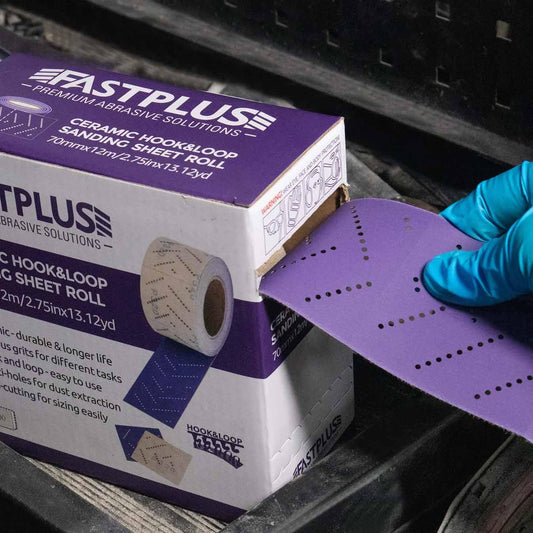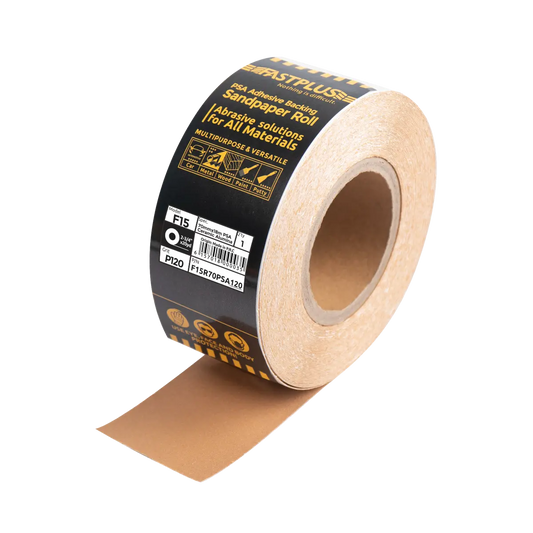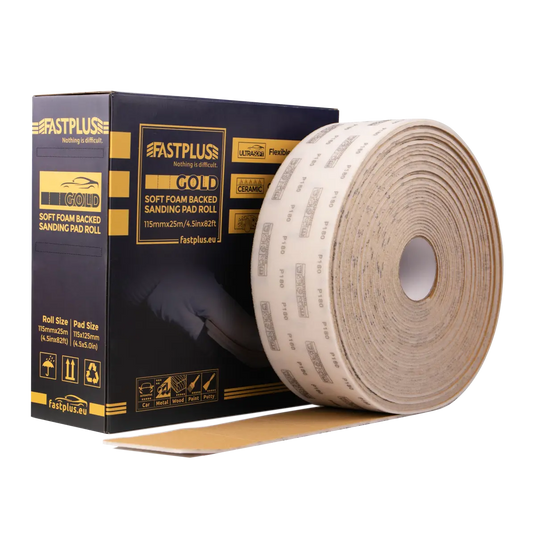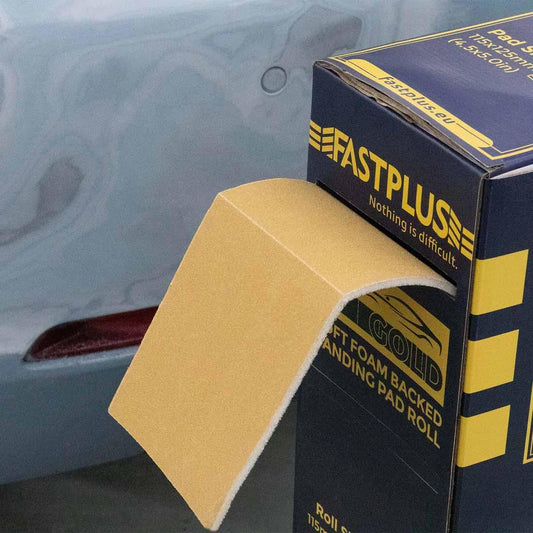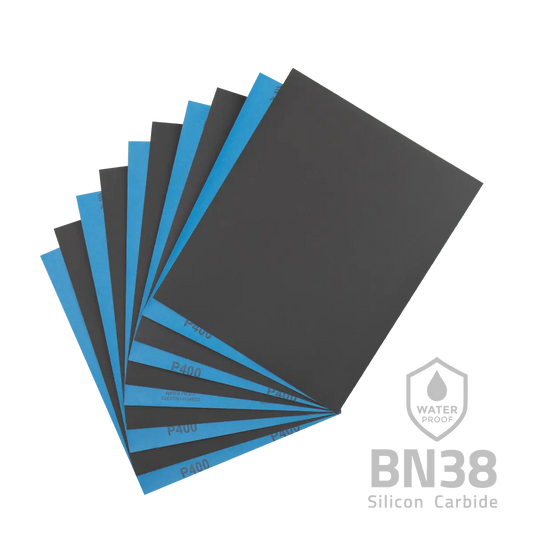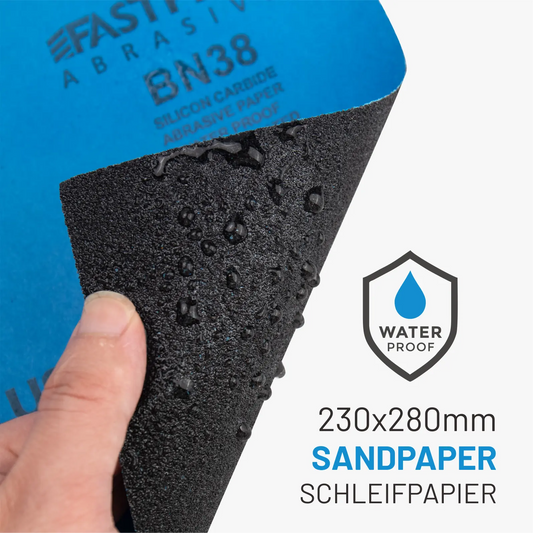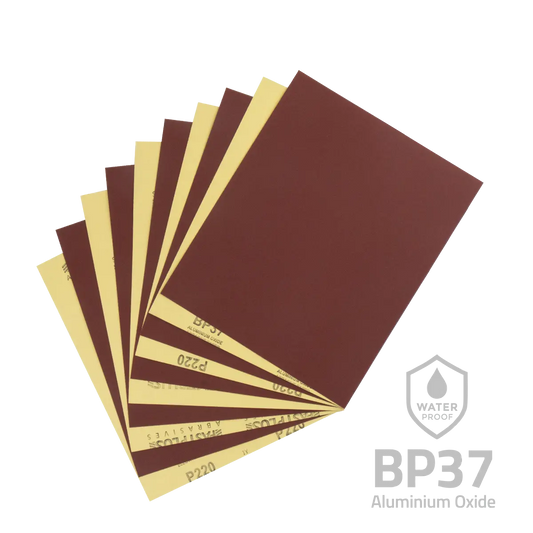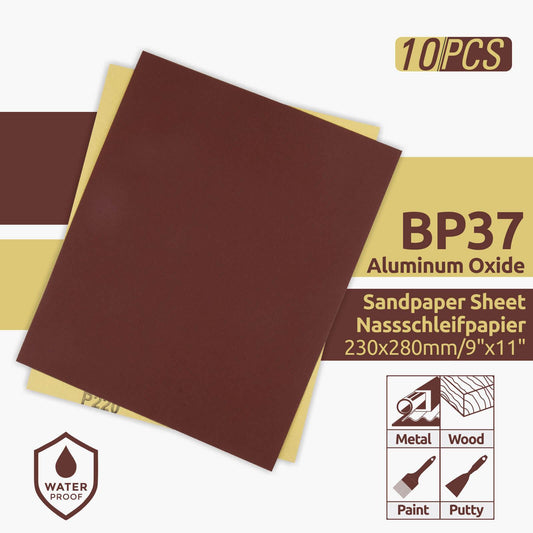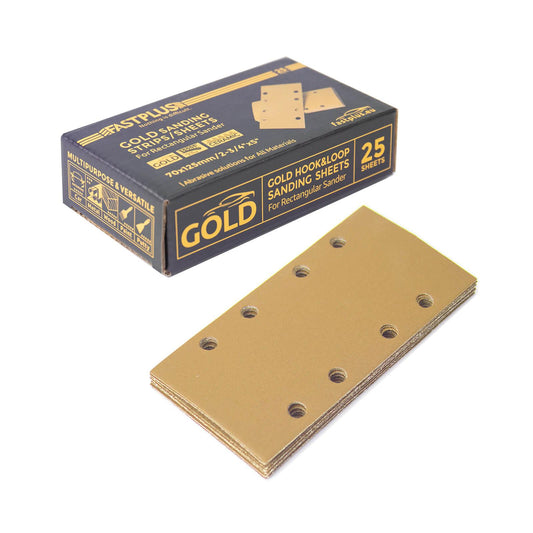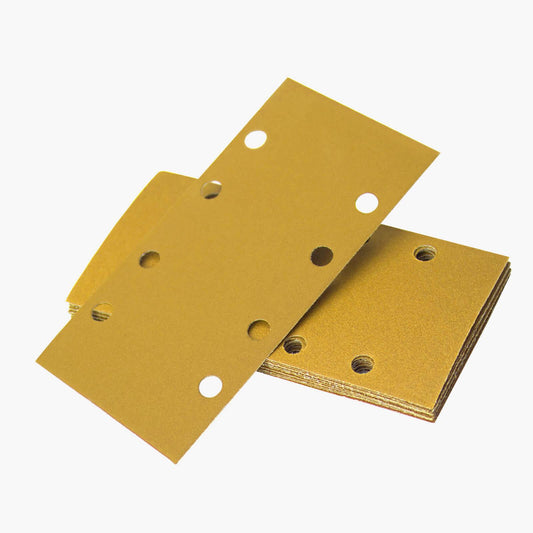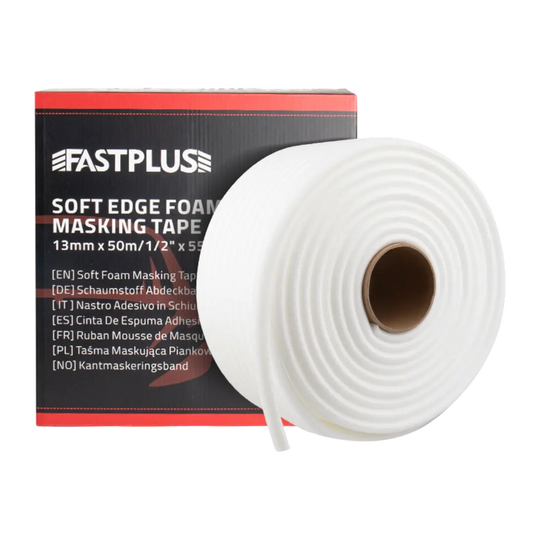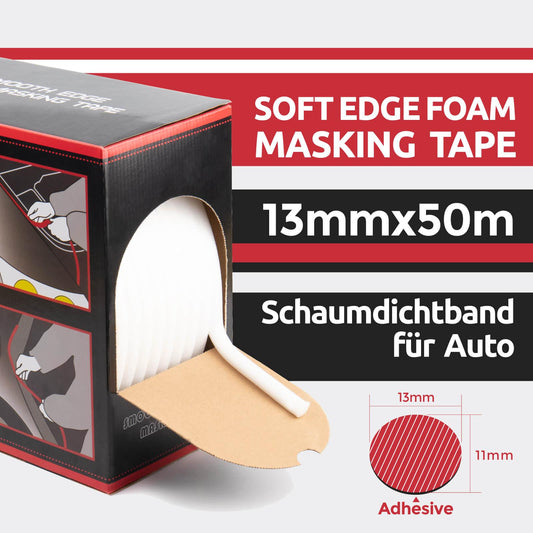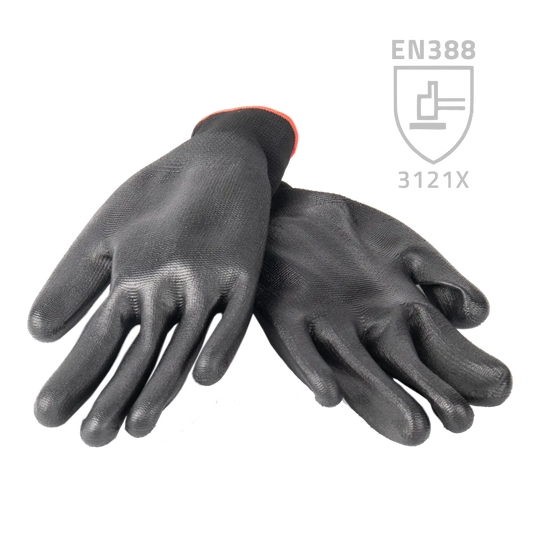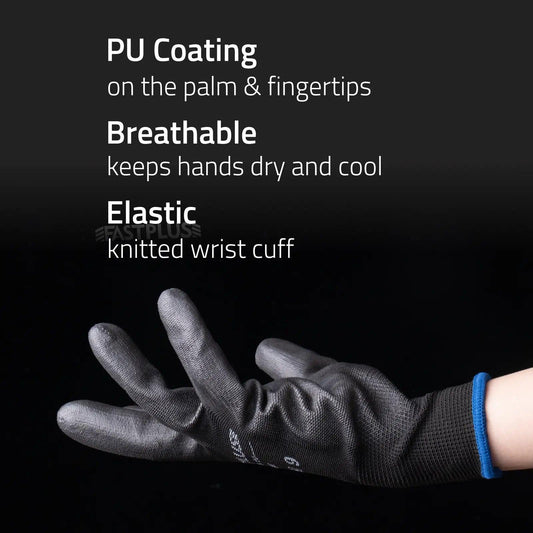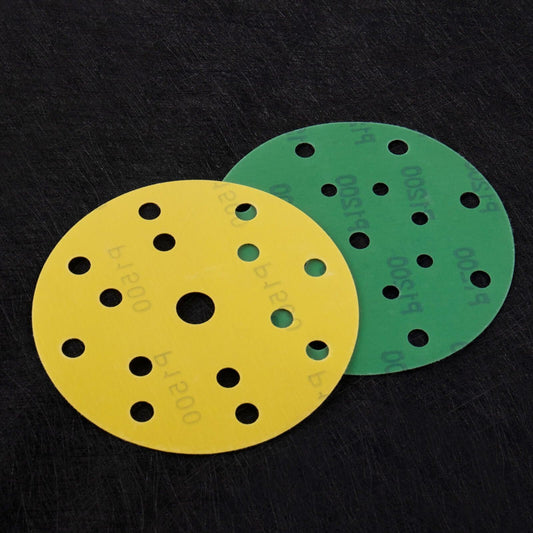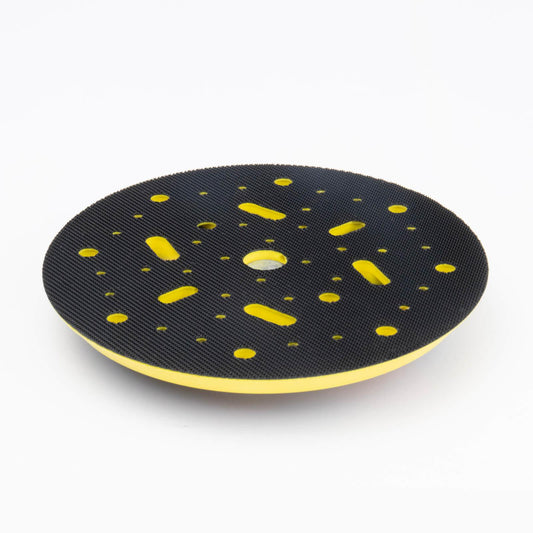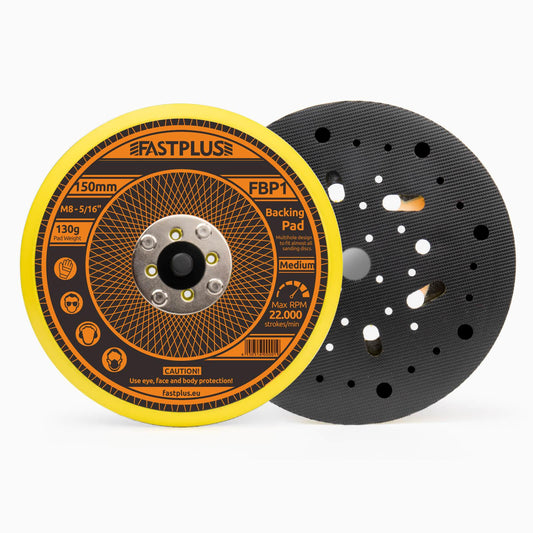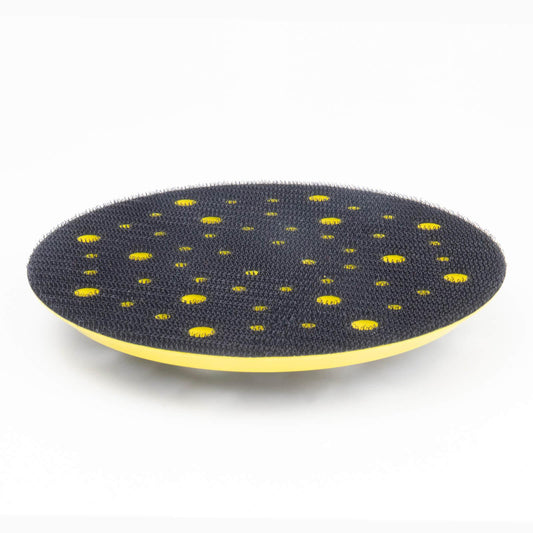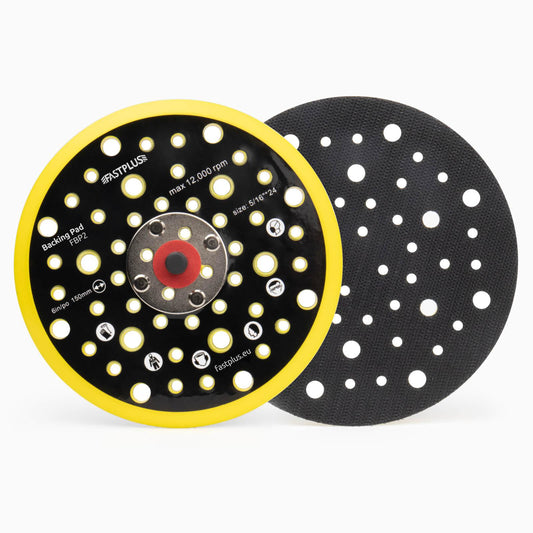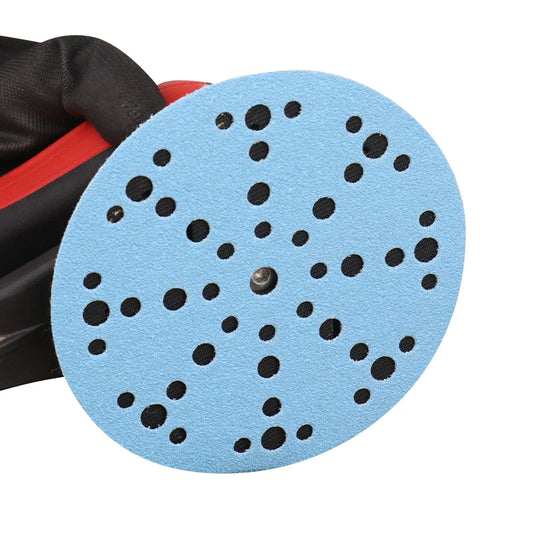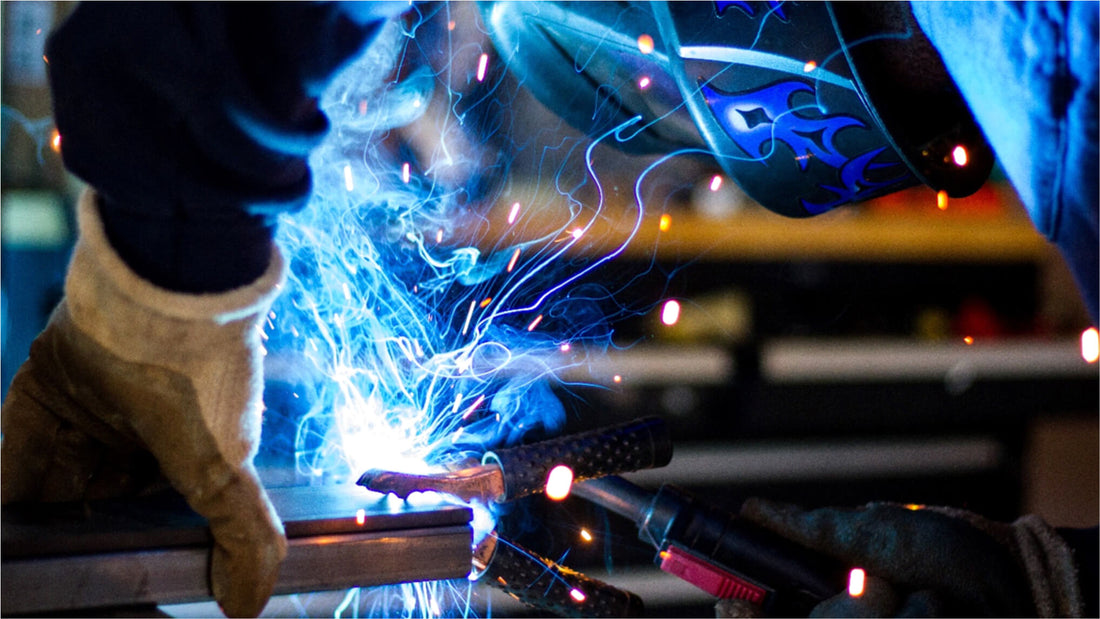
How to Prepare a Metal Before Welding?
You might presume that welding consists of nothing more than heating metals or gears before connecting them. But it's not as simple as you may assume to do it. If you intend to weld any metal surfaces, preparing the metal before welding is critical to make strong welds.
Various steps and tools are involved in the preparation of metal surfaces, such as cutting metals and cleaning metals using abrasive sandpapers for metal and sanding tools.
Why it is Essential to Prepare a Metal before Welding:
A competent welder never compromises on the quality of his job. He understands that the welder's initial preparation influences the quality of the weld before beginning the welding process. Sludge, scales, dirt, contaminants, rust, grease, oil, oxidation, and paint must be removed from the metal surfaces to maintain the weld's integrity.
These contaminants will cause poor welds and lower the quality of your job. The weld's lifetime is likely to be reduced if two dirty surfaces are welded. Without a doubt, it is not what you desire. So, cleaning and cutting your metal surfaces is essential to get high-quality welds.
Steps to Follow Before Initiating the Welding Process:
Let's dig into the steps you must follow before welding:
Step:1 Analysis of Metal Surfaces and Nature of Impurities:
Before preparing the metal surface for the welding process, it is essential to look into the following parameters. First, determine the kind of metal you are working with, the impurities you need to remove, and how clean the surface must be. After evaluating these three factors, you figure out the right tools and techniques to be used for cutting and cleaning metal surfaces.
Step:2 Cutting of Metal:
Cutting is the first step in preparing the metal for welding. You need to pay special attention in this stage as it will decrease the work in later steps. Moreover, it will increase the quality of your welds. For different types of surfaces and materials, you need various types of cuts, such as long cuts, quick cuts, etc. Also, it is crucial to select the most appropriate tool to perform your task most efficiently. Various tools used for cutting metals are:
- Angle Grinder:
The angle grinder is a multipurpose tool that may be used to clean and cut metal. With a simple wheel swap, you may use it to create a variety of cuts, including thin, clean, small-angle, and large-angle cuts. Angle grinders of 4.5" are typically used. It is critical to have appropriate skills when using it; otherwise, you may harm the metal surface.
- Plasma Cutter:
If you frequently encounter thick metals, a Plasma cutter is the most appropriate tool for you. This method utilizes heat and involves the ionization of gas to cut the conductive metal surfaces. Although it is expensive, it is an essential tool for all welders as it saves time and money in the long run.
Step:3 Cleaning of Metal:
After cutting a metal in the right way, it is vital to clean the metal properly to remove all sorts of impurities. There are various tools employed for cleaning the metal, such as:
- Hand/ Wire Brush:
One of the easiest and most accessible approaches for cleaning metal surfaces is using a wire brush. It removes thick impurities such as slag, mill scale, etc. There are various types of wire brushes for various types of surfaces. Therefore, it is essential to select the right one. For example, it is recommended to use a steel brush for aluminum surfaces. Similarly, it is recommended to use Stainless Steel Scratch Brush for cleaning iron.
- Sandpaper:
Sandpaper is another tool for removing contaminants such as paint and rust. Choosing the correct sanding paper for metal surfaces you are dealing with is essential since we do not desire to harm the metal. Also, do consider sandpaper grit chart before selecting one. For instance, lower grit sandpaper may remove impurities more quickly, but it may also add scratches to the metal surface.

Read more about how to polish metal after sanding a metal surface.
- Abrasive Blasters:
Abrasive blasting can be helpful in case of rusty metal surfaces that can not be cleaned with sandpaper or wire brush. After employing this method, the metal surfaces are cleaned with acetone. But this technique has a limitation, i.e., Abrasive surfaces can trap metal resulting in corrosion. This procedure, thus, should be avoided when cleaning sensitive materials like aluminum.
Step:4 Wipe the Metal and Check for Gaps/Fissures:
Some impurities may still be found on the metal after cleaning. Therefore, it is equally vital to cleanse the metal surface with acetone after using cleaning techniques. Furthermore, examine for gaps and fissures in the metal surface that may emerge during the cutting process. Before beginning the welding process, filling gaps with filler metal is imperative.
Final Thoughts:
Remember to choose the best methods and sanding tools to prepare your metal before welding to gain the best results. So don’t compromise on quality; prepare your metals before welding to get the perfect welds.
Buy Factory-Direct Fastplus Abrasives
Want to purchase high-quality, factory-direct sanding discs, sanding sheet rolls, and film abrasive discs for automotive applications? Try Fastplus Abrasives today and place your orders online!
